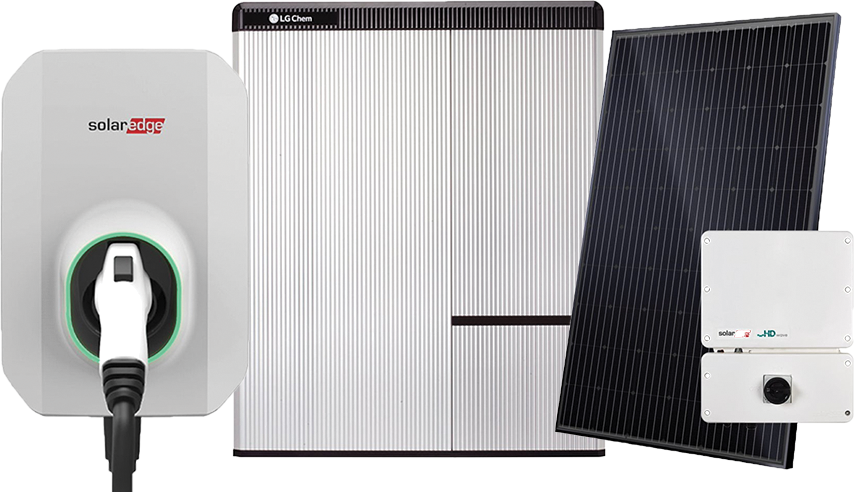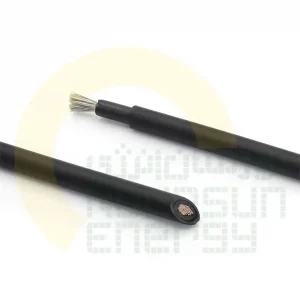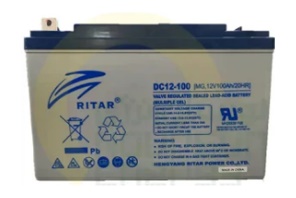 Solar energy is radiant light and heat from the Sun that is harnessed using a range of technologies such as solar power to generate electricity, solar thermal energy (including solar water heating), and solar architecture. It is an essential source of renewable energy, and its technologies are broadly characterized as either passive solar or active solar depending on how they capture and distribute solar energy or convert it into solar power. Active solar techniques include the use of photovoltaic systems, concentrated solar power, and solar water heating to harness the energy. Passive solar techniques include orienting a building to the Sun, selecting materials with favorable thermal mass or light-dispersing properties, and designing spaces that naturally circulate air.
Solar energy is radiant light and heat from the Sun that is harnessed using a range of technologies such as solar power to generate electricity, solar thermal energy (including solar water heating), and solar architecture. It is an essential source of renewable energy, and its technologies are broadly characterized as either passive solar or active solar depending on how they capture and distribute solar energy or convert it into solar power. Active solar techniques include the use of photovoltaic systems, concentrated solar power, and solar water heating to harness the energy. Passive solar techniques include orienting a building to the Sun, selecting materials with favorable thermal mass or light-dispersing properties, and designing spaces that naturally circulate air.
In 2011, the International Energy Agency said that “the development of affordable, inexhaustible and clean solar energy technologies will have huge longer-term benefits. It will increase countries’ energy security through reliance on an indigenous, inexhaustible, and mostly import-independent resource, enhance sustainability, reduce pollution, lower the costs of mitigating global warming …. these advantages are global”.
Potential
Geography affects solar energy potential because different locations receive different amounts of solar radiation. In particular, with some variations, areas that are closer to the equator generally receive higher amounts of solar radiation. However, the use of photovoltaics that can follow the position of the Sun can significantly increase the solar energy potential in areas that are farther from the equator. Time variation affects the potential of solar energy, because during the night there is little solar radiation on the surface of the Earth for solar panels to absorb. This limits the amount of energy that solar panels can absorb in one day. Cloud cover can affect the potential of solar panels because clouds block incoming light from the Sun and reduce the light available for solar cells.
Besides, land availability has a large effect on the available solar energy because solar panels can only be set up on land that is otherwise unused and suitable for solar panels. Roofs are a suitable place for solar cells, as many people have discovered that they can collect energy directly from their homes this way. Other areas that are suitable for solar cells are lands that are not being used for businesses, where solar plants can be established.
Solar resource map

Technologies
Solar power plants use one of two technologies:
- Photovoltaic (PV) systems use solar panels, either on rooftops or in ground-mounted solar farms, converting sunlight directly into electric power.
- Concentrated solar power (CSP) uses mirrors or lenses to concentrate sunlight to extreme heat to eventually make steam, which is converted into electricity by a turbine.
Photovoltaic cells
A solar cell, or photovoltaic cell, is a device that converts light into electric current using the photovoltaic effect. The first solar cell was constructed by Charles Fritts in the 1880s. The German industrialist Ernst Werner von Siemens was among those who recognized the importance of this discovery. In 1931, the German engineer Bruno Lange developed a photo cell using silver selenide in place of copper oxide, although the prototype selenium cells converted less than 1% of incident light into electricity. Following the work of Russell Ohl in the 1940s, researchers Gerald Pearson, Calvin Fuller and Daryl Chapin created the silicon solar cell in 1954. These early solar cells cost US$286/watt and reached efficiencies of 4.5–6%. In 1957, Mohamed M. Atalla developed the process of silicon surface passivation by thermal oxidation at Bell Labs. The surface passivation process has since been critical to solar cell efficiency.
As of 2022 over 90% of the market is crystalline silicon. The array of a photovoltaic system, or PV system, produces direct current (DC) power which fluctuates with the sunlight’s intensity. For practical use this usually requires conversion to alternating current (AC), through the use of inverters. Multiple solar cells are connected inside panels. Panels are wired together to form arrays, then tied to an inverter, which produces power at the desired voltage, and for AC, the desired frequency/phase.
 Many residential PV systems are connected to the grid wherever available, especially in developed countries with large markets. In these grid-connected PV systems, use of energy storage is optional. In certain applications such as satellites, lighthouses, or in developing countries, batteries or additional power generators are often added as back-ups. Such stand-alone power systems permit operations at night and at other times of limited sunlight
Many residential PV systems are connected to the grid wherever available, especially in developed countries with large markets. In these grid-connected PV systems, use of energy storage is optional. In certain applications such as satellites, lighthouses, or in developing countries, batteries or additional power generators are often added as back-ups. Such stand-alone power systems permit operations at night and at other times of limited sunlight
Schematics of a grid-connected residential PV power system
Why Solar?
It’s about a better future. We believe in clean energy from the sun as the best way for each of us to reduce our carbon footprint, and its sustainability to provide energy independence and savings to you and yours.
Backup Batteries, EV Chargers & Outage Protection
It’s common sense. We strongly recommend complementing your solar system with a battery backup that detects outages, learns your usage patterns, and uses stored energy to prevent paying top dollar for electricity.

Mobile Monitoring
Manage your solar system and home energy consumption from anywhere in the world with 24/7 mobile monitoring. Watch your consumption rise and fall in real time, including historical usage
Permits, Installation, Inspections & Power On
It’s hassle-free. We handle your whole going solar adventure, from first site inspection through final design and installation, including every
piece of red tape, municipal protocol, and paperwork in the process
Products
 |
 |
 |
 |
| Suntree SRD 30 | Longi LR4 72 455W HPH | Cable 6 Solar | Suntree SRF 30 Fuse |
 |
 |
 |
 |
| Suntree MC4 Connector | KACO Blue planet 10 TL3 | Ritar battery 12V 100Ah Deep Cycle Gel (MG) | DC Suntree SUP2H1 |
For more information you can call with: +1(650)284-6911 Shean Shahpar
